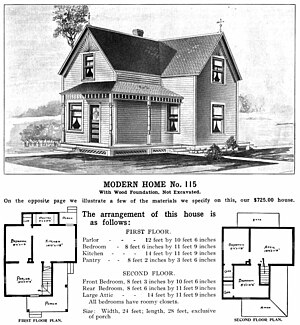Home
**Historical Evolution of Homes:**
– Prehistoric era: Earliest human inhabited caves, fossils found in South African caves.
– Ancient era: Transition to constructing own dwellings as technology advanced.
– Post-classical era: Homelessness perceived as a vagrancy problem, legislative responses to homelessness.
– Modern era: Industrialization leading to mass migration to cities, influence of Enlightenment on the concept of home.
**Types of Living Spaces:**
– Common house types and architectural styles globally.
– Diversity of housing options and preferences influenced by cultural and historical factors.
– Evolution of housing trends over time, including issues like affordability and homelessness.
– Social and political aspects of housing, related policies, subsidies, and rights.
**Different Forms of Tenure:**
– Owner-occupancy: Housing tenure where the owner lives in the owned home, serving as a real estate investment.
– Rental accommodation: Agreements for property use, varying lease types decided by landlords and tenants.
– Squatting: Action of occupying unowned land or buildings, prevalent in developing countries with various movements worldwide.
**Management and Maintenance of Homes:**
– Housing cooperatives: Legal entities owning real estate with members purchasing shares for occupancy rights.
– Home repair: Diagnosing and resolving home issues for maintenance, distinct from renovation.
– Housekeeping: Managing and maintaining physical spaces, including tasks in domestic and institutional settings.
**Significance and Understanding of Home:**
– Anthropogenic significance: Deep human connection with dwellings, representing security, identity, and socialization.
– Reflections on Home: Homes triggering self-reflection on identity, with perceptions extending to family, workplace, and nation.
– Connection to Family: Equating home with family, cultural differences in attachment, and gender-based variations.
– Historical and Cultural References: Exploring the concept of home in scholarly works, immigrant experiences, and intergenerational relations.
– Home in Society and Literature: Examining the idea of home in literature, its relation to identity, belonging, displacement, and emotional aspects.
The examples and perspective in this article may not represent a worldwide view of the subject. (December 2021) |
A home, or domicile, is a space used as a permanent or semi-permanent residence for one or more human occupants, and sometimes various companion animals. It is a fully- or semi-sheltered space and can have both interior and exterior aspects to it.[vague] Homes provide sheltered spaces, for instance rooms, where domestic activity can be performed such as sleeping, preparing food, eating and hygiene as well as providing spaces for work and leisure such as remote working, studying and playing.

Physical forms of homes can be static such as a house or an apartment, mobile such as a houseboat, trailer or yurt or digital such as virtual space. The aspect of 'home' can be considered across scales; from the micro scale showcasing the most intimate spaces of the individual dwelling and direct surrounding area to the macro scale of the geographic area such as town, village, city, country or planet.
The concept of 'home' has been researched and theorized across disciplines – topics ranging from the idea of home, the interior, the psyche, liminal space, contested space to gender and politics. The home as a concept expands beyond residence as contemporary lifestyles and technological advances redefine the way the global population lives and works.[citation needed] The concept and experience encompasses the likes of exile, yearning, belonging, homesickness and homelessness.
